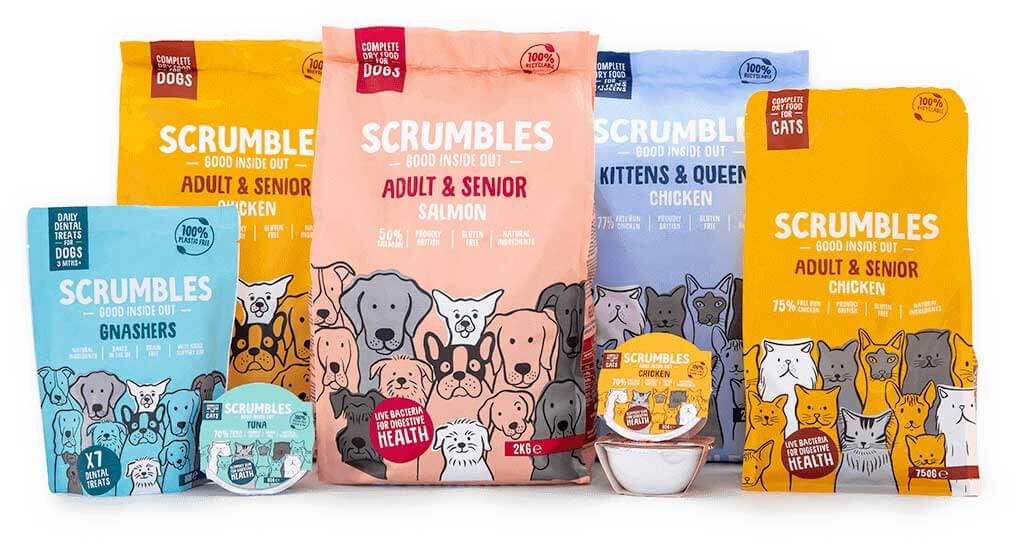British Shorthair Cat Breed Guide
Sweet | Loyal | Floofy
You don't become the UK's no. 1 kitty for no reason, so today we'll be uncovering just what makes the British Shorthair so popular. We'll be looking at everything from their tumultuous history to their devilishly good looks. Finishing by highlighting some of the Shorthairs who've risen to stardom (because who doesn't love a good name drop).
If you're thinking of becoming a hooman to one or just interested in these adorable kitties, this is the purrfect read for you.
Origins
Like most cats, British Shorthairs origins trace right back to the Roman Invasion in 43AD, when cats were brought over to the UK for some much-needed mouse control. Over time these Roman kitties interbred with the UK's native cats, eventually forming a native domesticated shorthair.
It wasn't until 1871 that they were officially recognised (known as English Shorthairs then) at the very first cat show in Crystal Palace. Not only were they shown, but a blue tabby called 'The Old Lady' won best colour of class. Hopefully the fact that her owner was the event organiser and judge had nothing to do with it...
During WW2, like many pedigree breeds, the number of BSH's drastically declined. This meant that post-war huge efforts were made to outcross the cats to their original standards. Involving crossing them with Persians, Russian Blue, Burmese, and others. One cat played a particularly integral role in the breeds recreation, a Mr. Brynbuboo Little Monarch. His DNA so proliferous that to this day almost every British Shorthair can be traced back to him. Whilst this outcrossing did ultimately save the breed, it also resulted in some of the issues we'll discuss later on.
What do British Shorthair cats look like?
British Shorthairs are adorable, I mean just look:

Their cuteness isn't just by chance either, but a specific requirement for the breed. They have round, soft faces with big round eyes, and a sweet happy expression. In terms of their physique they have sturdy frames, designed to be compact and powerful. With long bushy tails that are ace at knocking over whatever's on your table top. They have more floof per square inch than any other breed, so make the best cuddle-buddies too!
Here's one we made earlier:

Colour Variations of Shorthairs
British Shorthairs encompass a huge range of different variation, these are the ones recognised by the GCCF:
- British Self - this group is for cats that are all one colour, like white, black, blue or lilac. These should all have orange eyes, although occasionally the British White may have blue or odd eyes.
- British Colourpointed - the cats look more similar to Siamese cats, with a similar coat pattern and blue eyes
- British Tipped - these varieties have Black or Golden Tipped coats, with green eyes similar to a Chinchilla or Golden Persian.
- The British Tortoiseshell - these cats have a mix of colours.
- And finally, the British Tabby - these kitties have a mix of colours. They can be found in the classic tabby patterns of classic, spotted, mackerel and ticked.
The most popular of all these is the British Blue, which is seen as the flagship of the breed, making up over half of the registrations.
Nutrition & Feeding Requirements
British Shorthairs are renowned for their healthy appetites. Whilst they don't have any unusual requirements, they do take around 3-5 years to fully mature, so take this into consideration when working out the quantity of food in their early years. As they get older you'll need to start managing their diet more carefully, as their healthy appetites and sloth-like behaviour make weight gain very common.
Apart from these pointers, like all cats, British Shorthairs are obligate carnivores and require a diet high in quality animal meat. A moderate level of fat, small amount of carbohydrates and vitamins and minerals are also essential. From here, whether you opt for wet or dry is up to your cat's individual preference.
We offer a range of gut-friendly and natural recipes for cats, packed with responsibly sourced ingredients, lots of animal meat, probiotics, and prebiotics. We’ve carefully tailored them all to suit your Shorthairs needs, designing them according to FEDIAF guidelines, with the approval of vets and nutritionists. Choose from our range of complete grain free wet cat food or check out our complete dry cat food recipes. We’ve even got tasty treatos to tickle their tastebuds, including two new 100% meat treats exclusively available in Tesco. These are all gently baked, steamed or freeze-dried in the UK. We proudly serve are recipes in resposnible eco packaging, and come with the approval of the fussiest of kitties around.
British Shorthair Health Issues
As we mentioned earlier, sadly due to the outcrossing of British Shorthairs over the years, some health conditions have become more common in the breed. These include Hypertrophic Cardiomyopathy, Gingivitis, Hyperthyroidism, Arthritis and Polycystic Kidney Disease. Obesity is another one to watch out for, as these kitties are not known for not liking their food!
Overall though, the breed is free from many of the genetic issues that affect other breeds, and are typically healthy!
How much do British Shorthair cats cost?
Hold onto your seats (or wallet) folks, these kitties are not cheap. British shorthair cats can cost up to £1,800, typically starting at around £800.
Famous British Shorthairs
It's no wonder these gorgeous cats have attracted some big names, or have even become famous on their own. Here are four of the most famous BSH's:
Sam Smith and Henry
The Cheshire Cat illustration was originally based on a Shorthair









